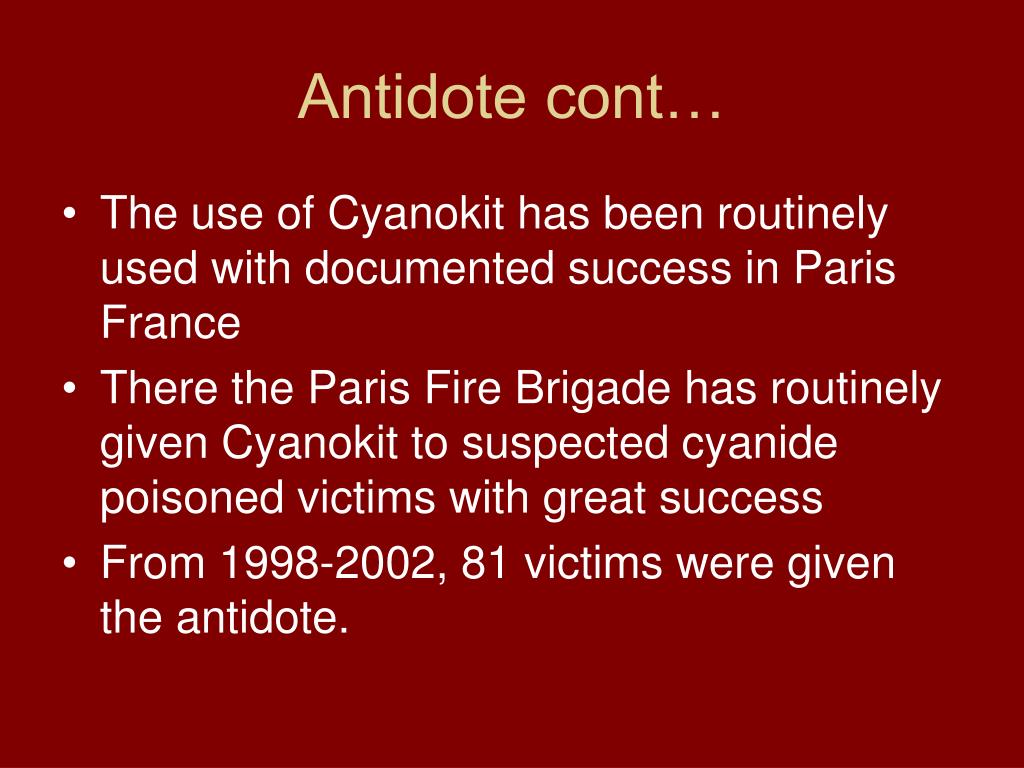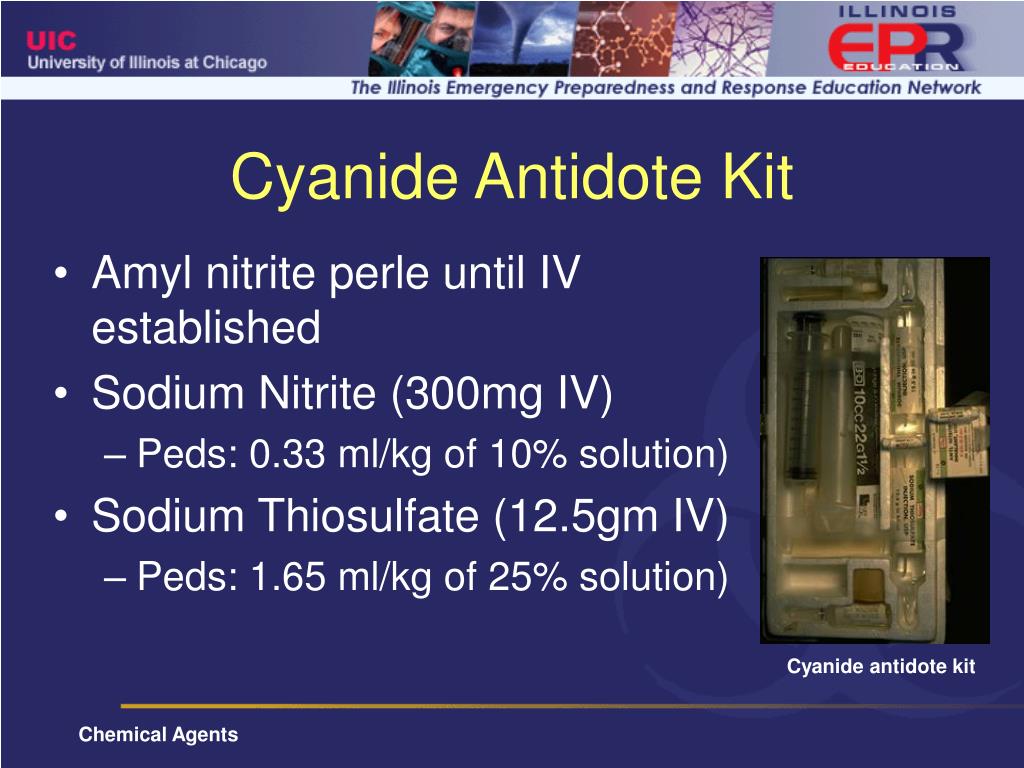

Revision Date: January 2001 Original Date: October 1991 Expiration Date: January 2007.Ĭyanide inhibits aerobic metabolism by binding to the binuclear heme center of cytochrome c oxidase (CcOX). This cyanosis is due to the dark chocolate-brown color of methemoglobin itself and can become noticeable at a concentration of 10% to 15% of total hemoglobinĪTSDR Case Studies in Environmental Medicine. A chocolate-brown or slate-gray central cyanosis (involving the trunk and proximal portions of the limbs, as well as the distal extremities, mucous membranes, and lips) is one of the hallmarks of methemoglobinemia. CNS effects can range from mild dizziness and lethargy to coma and convulsions. Depending on the percentage of total methemoglobin in oxidized form, the clinical picture is one of oxygen deprivation with cyanosis, cardiac dysrhythmias and circulatory failure, and progressive central nervous system (CNS) effects. Methemoglobin cannot reversibly bind or transport circulating oxygen.

The principal mechanism of nitrite toxicity is the oxidation of the ferrous iron (Fe2+) in deoxyhemoglobin to the ferric (Fe3+) valence state, producing methemoglobin. Product label: NITHIODOTE (sodium nitrite and sodium thiosulfate) kit Also, sodium nitrite appears to retain some efficacy even when the formation of methemoglobin is inhibited by methylene blue. It has been suggested that sodium nitrite-induced methemoglobinemia may be more efficacious against cyanide poisoning than comparable levels of methemoglobinemia induced by other oxidants. Vasodilation has also been cited to account for at least part of the therapeutic effect of sodium nitrite. Methemoglobin displaces cyanide from cytochrome oxidase, allowing resumption of aerobic metabolism. Cyanide preferentially binds to methemoglobin over cytochrome a3, forming the nontoxic cyanomethemoglobin. Sodium nitrite is thought to exert its therapeutic effect by reacting with hemoglobin to form methemoglobin, an oxidized form of hemoglobin incapable of oxygen transport but with high affinity for cyanide. The synergy resulting from treatment of cyanide poisoning with the combination of sodium nitrite and sodium thiosulfate is the result of differences in their primary mechanisms of action as antidotes for cyanide poisoning. In massive acute cyanide poisoning, the mechanism of toxicity may involve other enzyme systems as well. Inhibition of cytochrome a3 prevents the cell from using oxygen and forces anaerobic metabolism, resulting in lactate production, cellular hypoxia and metabolic acidosis. Specifically, cyanide binds rapidly with cytochrome a3, a component of the cytochrome c oxidase complex in mitochondria. Summary StructureĮxposure to a high dose of cyanide can result in death within minutes due to the inhibition of cytochrome oxidase resulting in arrest of cellular respiration. Evidence-based medicine for Chemical Defense - including efficacy and safety A. Sodium nitrite can be used for treatment of acute cyanide poisoning in combination with sodium thiosulfate. Chemical Defense therapeutic area(s) - including key possible uses

Name of Chemical Defense therapeutic agent/device


 0 kommentar(er)
0 kommentar(er)
